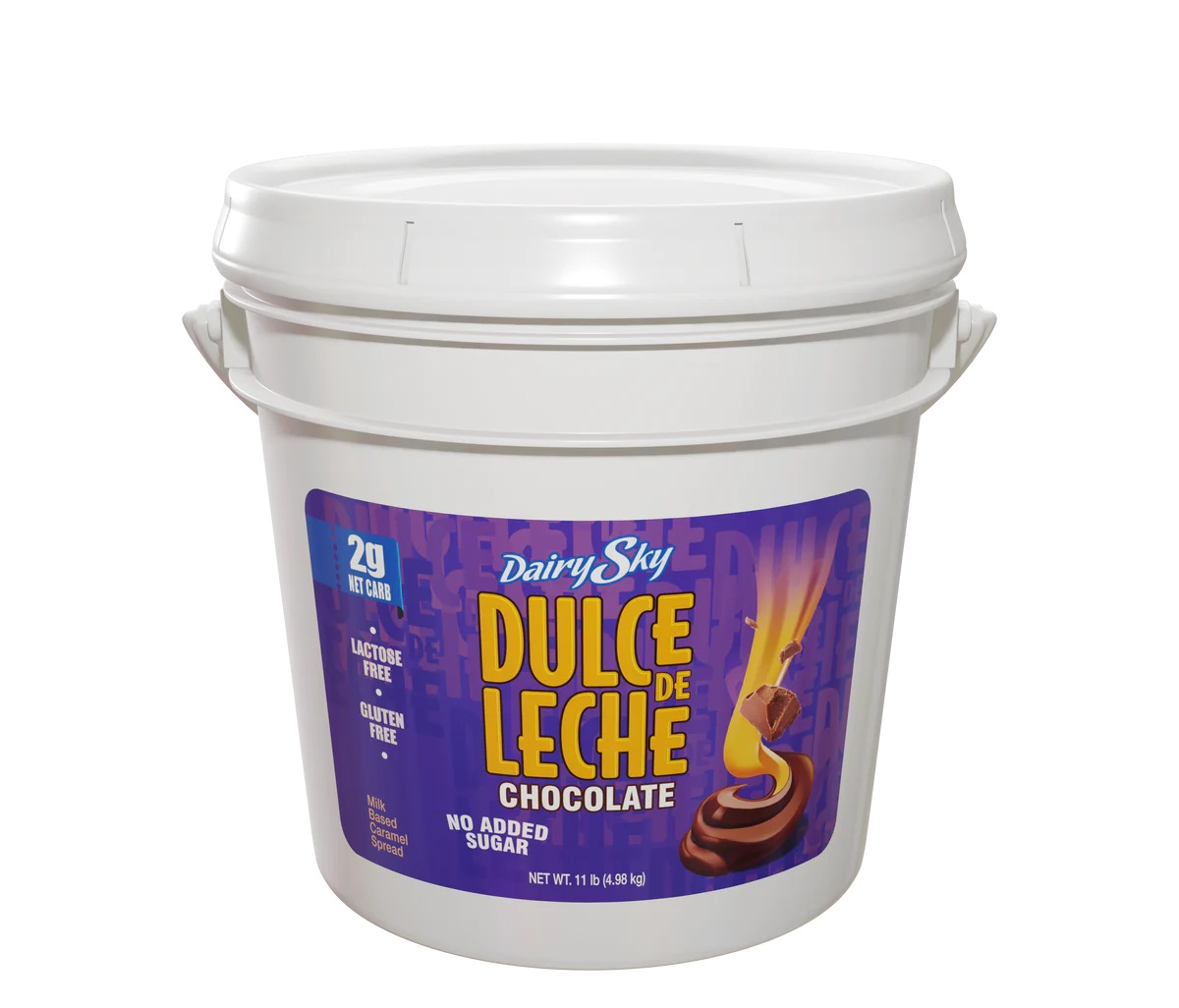
Dulce de Leche, a rich and decadent caramel-like sauce, has become a beloved treat for those with a sweet tooth. With its origins in Latin America, this irresistible confection is made by slowly heating condensed milk until it transforms into a smooth and creamy delight. But aside from its delectable taste, have you ever wondered about the nutritional value of dulce de leche? In this article, we will dive into the 11 dulce de leche nutrition facts that you need to know. Whether you’re a fan of this luscious sauce or simply curious about its health benefits, read on to discover why indulging in dulce de leche can be a delightful and guilt-free experience.
Key Takeaways:
- Indulge in moderation: Dulce de leche is a calorie-dense treat, so enjoy it in small servings to satisfy your sweet tooth without overdoing it on the calories.
- Get creative in the kitchen: Experiment with dulce de leche in various recipes to add a delicious caramel twist to your favorite desserts and treats.
Dulce de leche is made from condensed milk.
Dulce de leche is a delectable treat that is created by slowly cooking condensed milk until it reaches a rich and creamy caramel-like consistency.
Dulce de leche is a traditional Latin American dessert.
Originating in Latin America, this sweet confection has become a staple in many countries throughout the region, including Argentina, Uruguay, and Mexico.
Dulce de leche is high in calories.
Due to its ingredients and cooking process, dulce de leche is a calorie-dense treat. A serving of dulce de leche can contain around 120-150 calories.
Dulce de leche is rich in carbohydrates.
With its main ingredient being condensed milk, dulce de leche is high in carbohydrates that provide energy. A serving may contain around 20-25 grams of carbohydrates.
Dulce de leche is a good source of calcium.
The condensed milk used to make dulce de leche is packed with calcium, an essential mineral for promoting strong bones and teeth.
Dulce de leche contains small amounts of protein.
While not a significant source, dulce de leche does provide a small amount of protein, which is essential for building and repairing tissues in the body.
Dulce de leche is a sweet indulgence.
Due to its rich, creamy texture and sweet caramel flavor, dulce de leche is often enjoyed as a decadent dessert or used as a filling or topping for various pastries and cakes.
Dulce de leche is versatile in its uses.
Aside from being eaten as a standalone treat, dulce de leche can be used in a variety of recipes, such as ice cream, pancakes, cookies, and milkshakes, adding a delicious caramel twist.
Dulce de leche is loved worldwide.
This scrumptious treat has gained popularity beyond its Latin American origins and is now appreciated by dessert enthusiasts around the globe.
Dulce de leche pairs well with other flavors.
Its creamy and sweet characteristics make dulce de leche a perfect complement to other flavors like chocolate, nuts, and fruits, enhancing the overall taste experience.
Dulce de leche can be made at home.
While it can be found in stores, dulce de leche can also be made at home by simmering condensed milk in a water bath or using a slow cooker until it transforms into the desired caramel consistency.
Conclusion
In conclusion, dulce de leche is not only a delicious treat but also packed with nutritional benefits. It is rich in essential nutrients like calcium, iron, and vitamin C. The indulgent sweetness of dulce de leche can be enjoyed in moderation as part of a balanced diet.While it is important to remember that dulce de leche is high in calories and sugar, enjoying it as an occasional treat can certainly be a delightful addition to your dessert repertoire. So go ahead and savor the creamy caramel goodness of dulce de leche, knowing that it also offers some nutritional value.It is always advisable to consult with a healthcare professional or registered dietitian to determine the appropriate portion size and frequency of indulging in dulce de leche or any other sweet treat.
FAQs
1. Is dulce de leche good for weight loss?
Dulce de leche is high in calories and sugar, so it may not be the best choice for those on a weight loss journey. Enjoying it in moderation can still be a part of a balanced diet.
2. Can dulce de leche be included in a diabetic-friendly diet?
Individuals with diabetes should be cautious when consuming dulce de leche due to its high sugar content. It is recommended to consult with a healthcare professional or registered dietitian to determine suitable alternatives.
3. Is dulce de leche suitable for lactose-intolerant individuals?
Traditional dulce de leche is made from condensed milk, which contains lactose. However, there are lactose-free versions available that can be enjoyed by individuals with lactose intolerance.
4. Can dulce de leche be stored for a long time?
Dulce de leche can be stored in a sealed container in the refrigerator for up to a few weeks. It is advisable to check for any signs of spoilage before consuming.
5. Can dulce de leche be used as a topping or filling in desserts?
Absolutely! Dulce de leche is a versatile ingredient that can be used as a delicious topping for pancakes, waffles, ice cream, or as a filling in cakes and pastries. Get creative and enjoy its decadent flavor in various desserts.
Was this page helpful?
Our commitment to delivering trustworthy and engaging content is at the heart of what we do. Each fact on our site is contributed by real users like you, bringing a wealth of diverse insights and information. To ensure the highest standards of accuracy and reliability, our dedicated editors meticulously review each submission. This process guarantees that the facts we share are not only fascinating but also credible. Trust in our commitment to quality and authenticity as you explore and learn with us.
